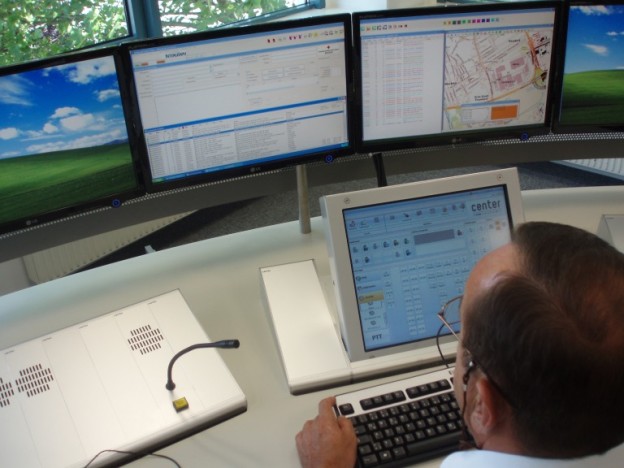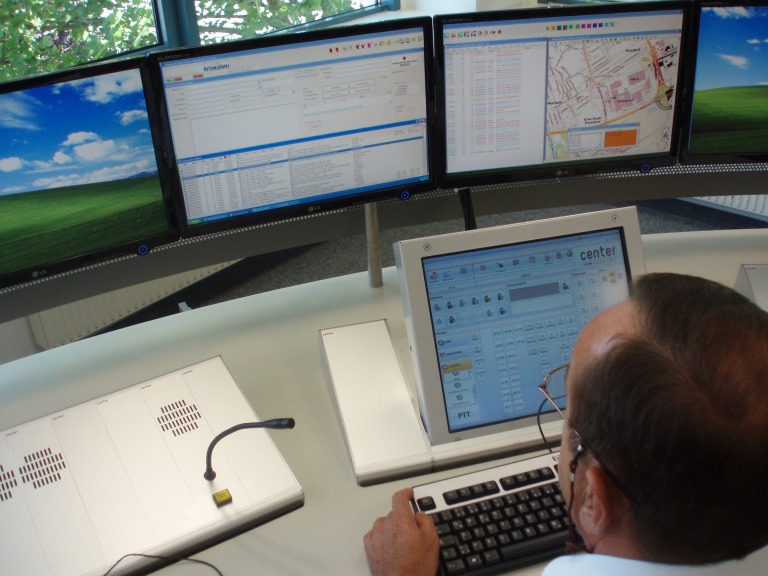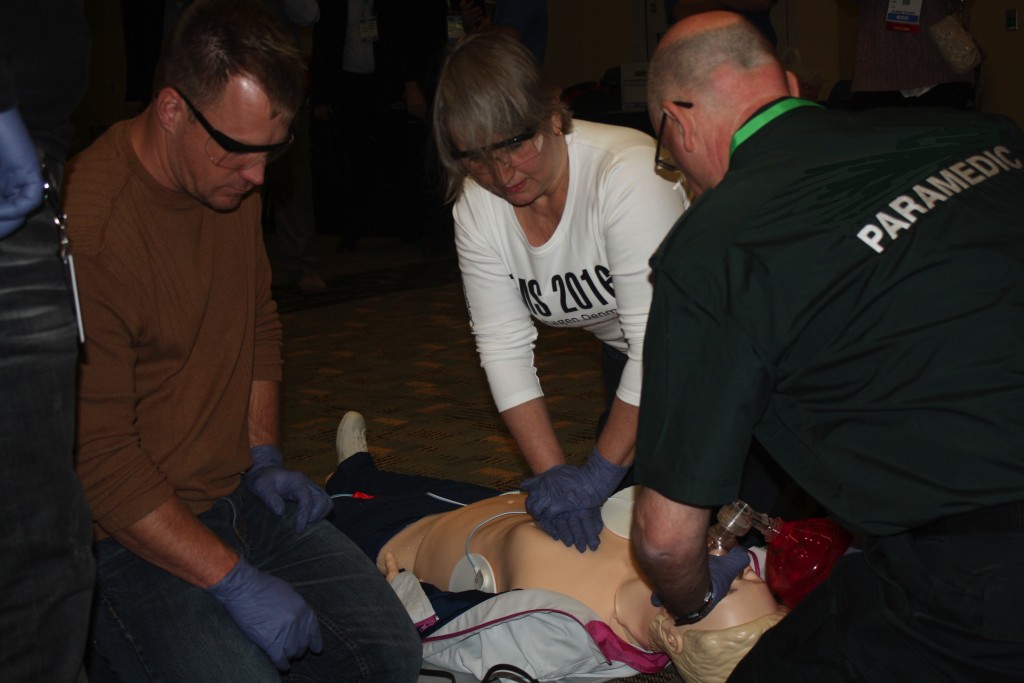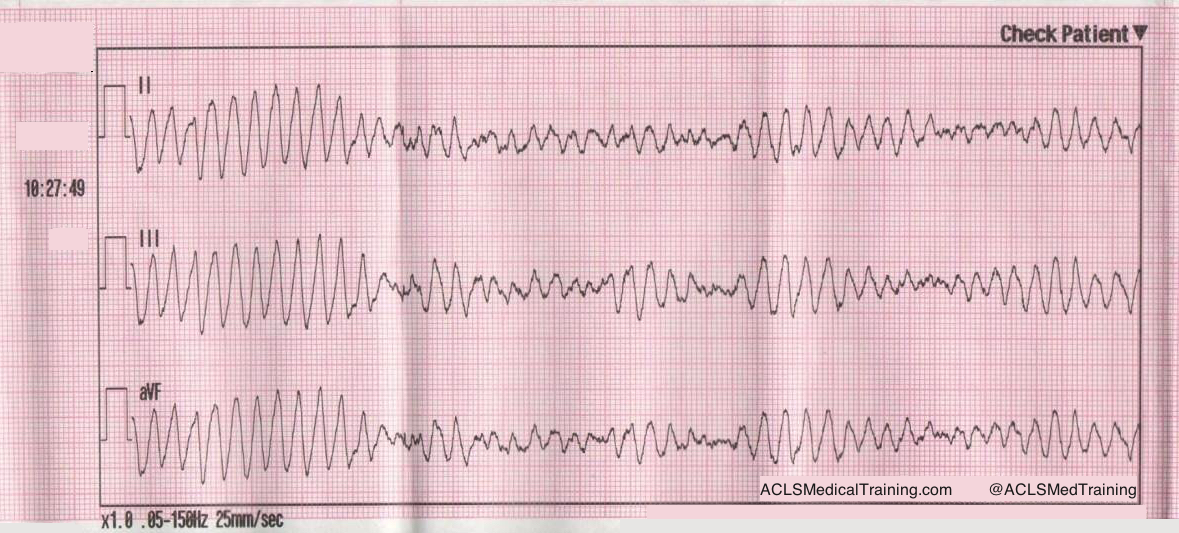
Are you a healthcare professional looking to refresh your Basic Life Support (BLS) certification? Or perhaps you’re a new healthcare worker wondering how long your initial certification will last. Understanding the expiration date of your BLS certification is crucial to maintaining your professional credentials and ensuring you’re prepared to respond to medical emergencies. In this blog post, we’ll delve into the specifics of BLS expiration and renewal so you can stay current with your certification and avoid the hassle of dealing with an expired BLS provider card.
What Is BLS Certification?
Basic Life Support (BLS) certification is a credential for individuals trained in essential lifesaving techniques, such as CPR, using an AED (Automated External Defibrillator), and aiding individuals experiencing choking or cardiac arrest. BLS is primarily geared towards healthcare professionals but is also beneficial for individuals in emergency response roles. This certification ensures that participants can respond effectively in critical situations.
How Long Is BLS Good For?
BLS certifications are typically valid for two years. This means that after two years, you’ll need to renew your certification by taking a recertification course. This ensures that you stay up-to-date on the latest CPR and first aid techniques.
It’s important to note that some employers may have specific requirements regarding BLS certification expiration dates, so it’s always a good idea to check with your employer for their specific policies.
Why Does BLS Certification Expire?
Staying up-to-date on the latest techniques and guidelines in BLS is essential for several key reasons, such as:
- Improved Patient Outcomes: Advances in medical research and technology continually refine lifesaving techniques. Staying updated ensures you’re using the most effective methods to improve survival rates during emergencies like cardiac arrest or choking.
- Compliance with Industry Standards: Healthcare organizations and accrediting bodies regularly update their guidelines based on the latest evidence. Staying current helps you meet professional and regulatory requirements, ensuring you remain compliant in your role.
- Increased Confidence and Competence: Regular updates reinforce your skills, keeping you confident and prepared to respond effectively in high-stress situations. This readiness can make a significant difference in saving lives.
- Adapting to New Tools and Techniques: BLS guidelines often include updates about new equipment or practices, such as improvements in Automated External Defibrillator (AED) usage or changes in CPR techniques. Being up-to-date ensures you’re familiar with these innovations.
- Maintaining Credibility: As a professional, your ability to provide top-quality care reflects on your credibility. Employers, patients, and peers trust those who prioritize staying informed and capable.
- Legal and Ethical Responsibility: Providing care with outdated knowledge may lead to preventable errors. Staying current fulfills your ethical obligation to provide the best possible care and minimizes legal risks.
How to Check Your BLS Certification Expiration Date
Checking your certification expiration date is easy! Simply:
- Review the certification card issued by the organization (e.g., ACLS Medical Training, American Heart Association, or Red Cross).
- Log into the issuing organization’s website or app if they offer online account access.
- Contact the training provider where you completed the course for confirmation.
What Happens if Your BLS Certification Expires?
If your BLS certification expires, you may:
- Need to retake the full course rather than just a renewal.
- Risk being non-compliant with job requirements, particularly in healthcare roles.
To avoid lapses, schedule your renewal before your certification’s expiration date.
How to Renew Your BLS Certification
Renewing your BLS certification involves:
- Enrolling in a BLS renewal course through an accredited provider such as ACLS Medical Training.
- Completing the course, which typically takes a few hours and may include online and hands-on components.
- Passing a skills assessment to demonstrate your proficiency.
Some organizations also offer streamlined online renewal options for qualified participants.
Tips to Stay Current with Your BLS Certification
To ensure you’re always prepared to respond to emergencies, consider implementing these tips to stay current with your BLS certification:
- Set Reminders: Use a calendar or digital reminder app to mark your certification expiration date.
- Enroll in a Renewal Course Early: Don’t wait until the last minute to renew your certification.
- Practice Regularly: Practice CPR and other BLS skills regularly to stay proficient.
- Attend Refresher Courses: Consider attending additional training courses to enhance your skills.
- Check with Your Employer: Some employers may have specific requirements for BLS certification, so be sure to check with them.
By following these tips, you can ensure that your BLS certification remains current and that you’re prepared to respond to emergencies effectively.
Can I Renew My BLS Certification Online?
Yes, you can renew your BLS certification online. Many organizations, such as ACLS Medical Training, offer a completely online and mobile-friendly BLS recertification course. Our course is self-paced for your convenience, meaning your progress will be saved as you take it. Upon successfully completing the program, you will receive a BLS provider card, which is accepted in all 50 states and abroad.
What Happens During a BLS Renewal Course?
A BLS renewal course, whether online or in-person, typically involves the following:
- Review of BLS Guidelines: You’ll review the latest guidelines for CPR, AED use, and choking relief.
- Skill Demonstration: You’ll practice these skills under the supervision of an instructor. This may involve practicing on mannequins or other training aids.
- Written Exam: You’ll take a written exam to test your knowledge of BLS principles and guidelines.
The specific content and format of the course may vary depending on the certifying organization and the type of course you choose. However, the core components will remain consistent.
Get Started With ACLS Medical Training Today
Basic Life Support (BLS) certification is an essential tool for anyone, from healthcare professionals to everyday citizens, who may encounter a life-threatening emergency. By understanding the importance of BLS, its components, and its expiration, you can ensure that you’re prepared to respond effectively in a critical moment.
Don’t let your skills lapse! Choose ACLS Medical Training for your BLS needs. Head to our website to enroll in our online BLS course today to maintain your certification and refresh your knowledge. Our BLS certification course is 100% online and all study materials are included with purchase. You will also receive a BLS provider card once you pass your final exam. Get started today!




